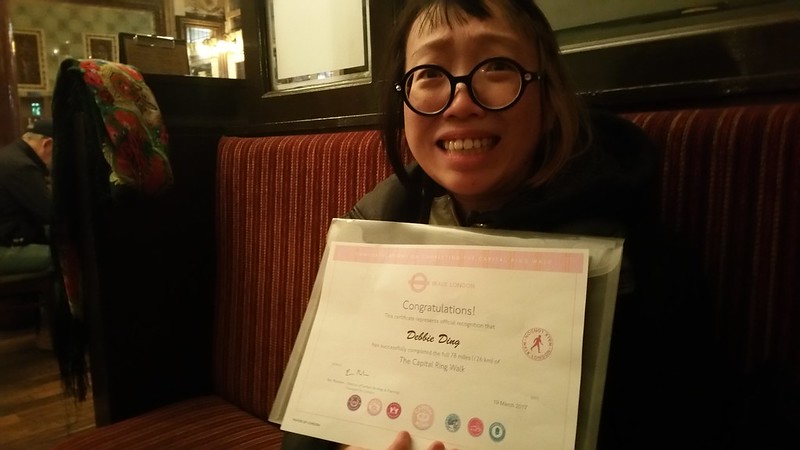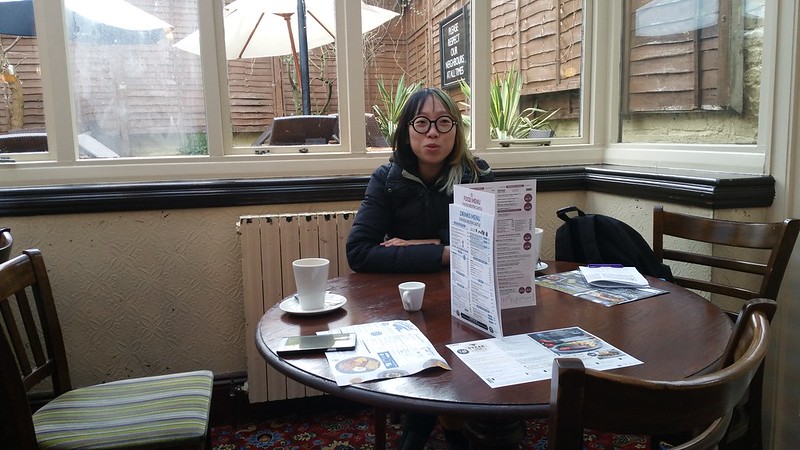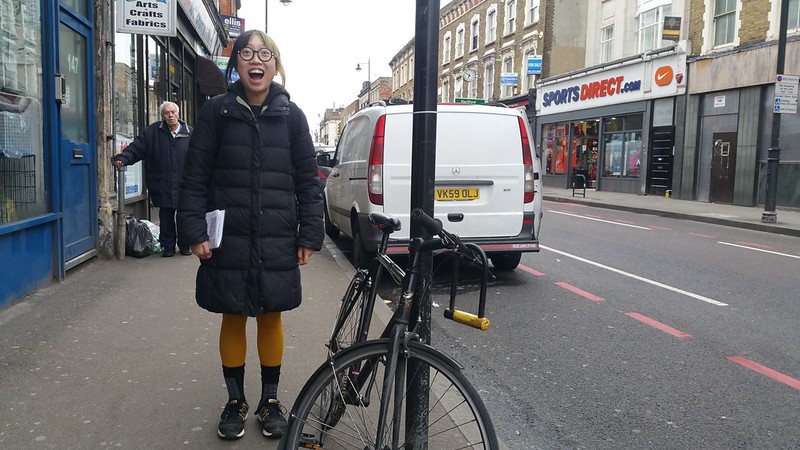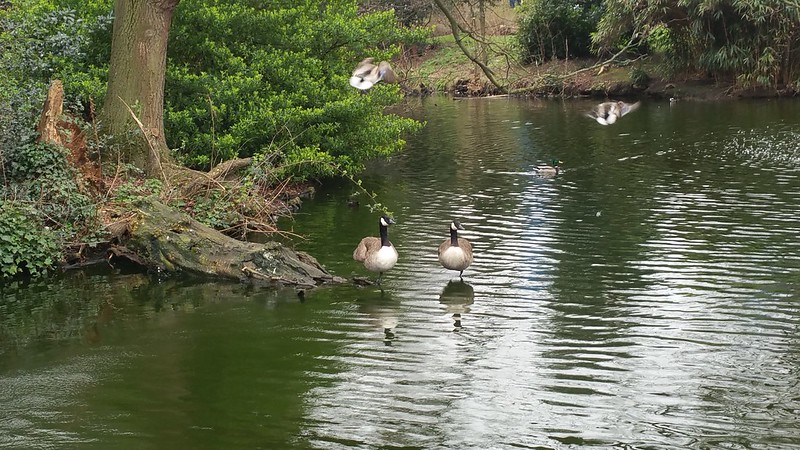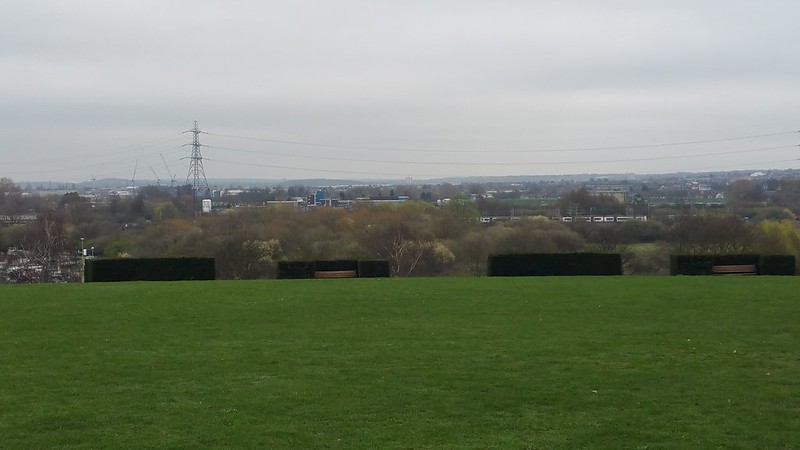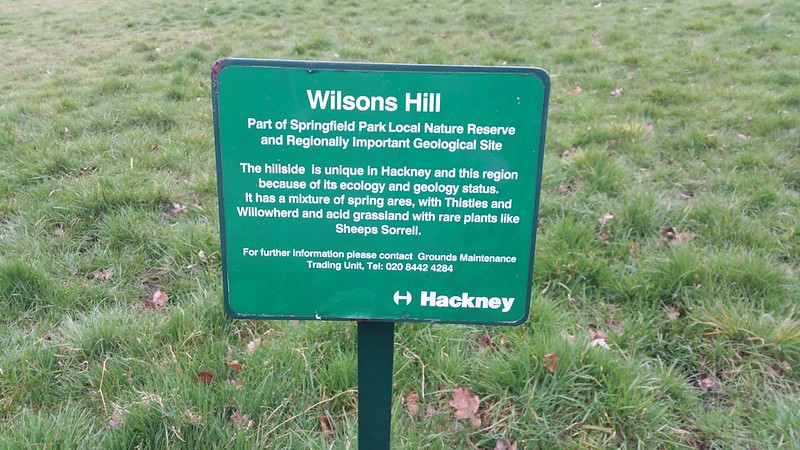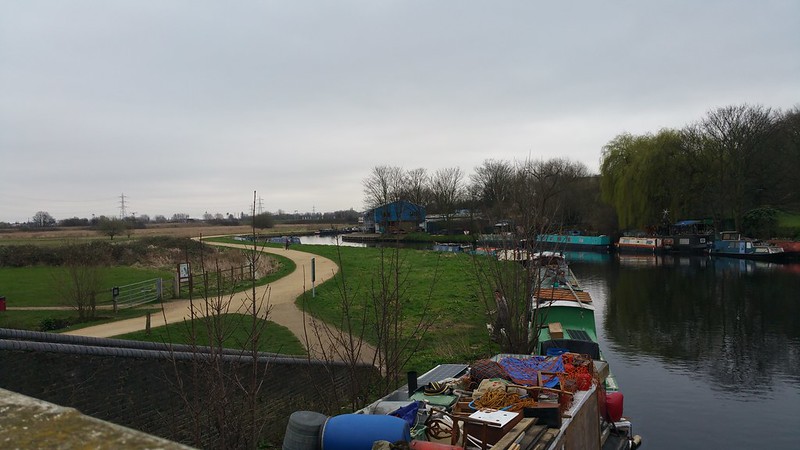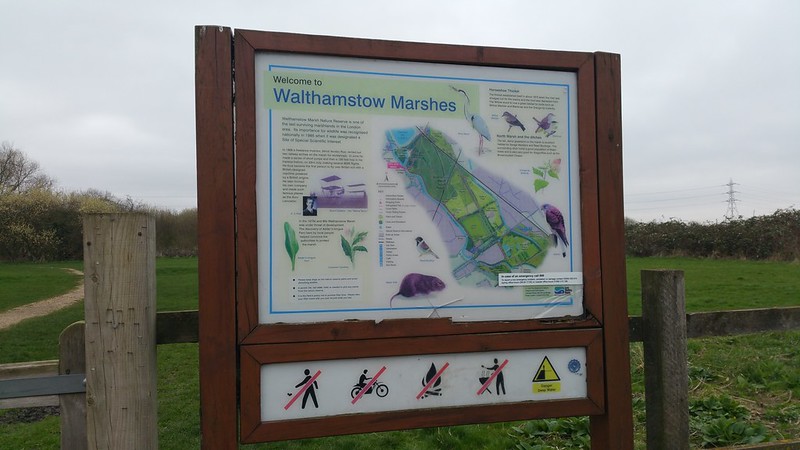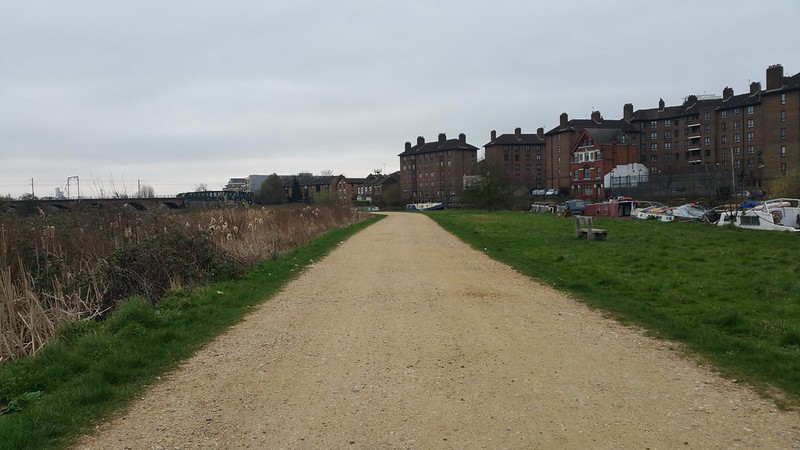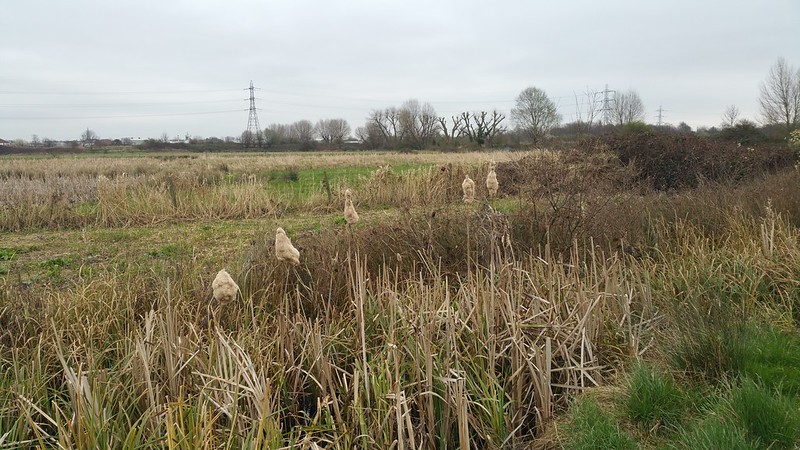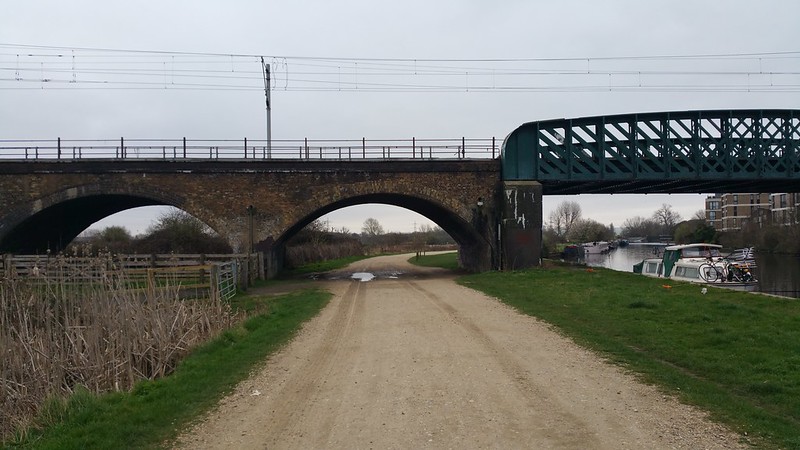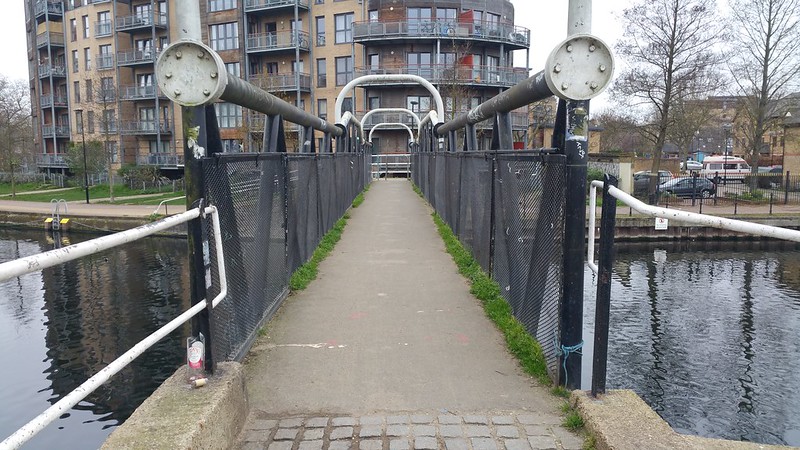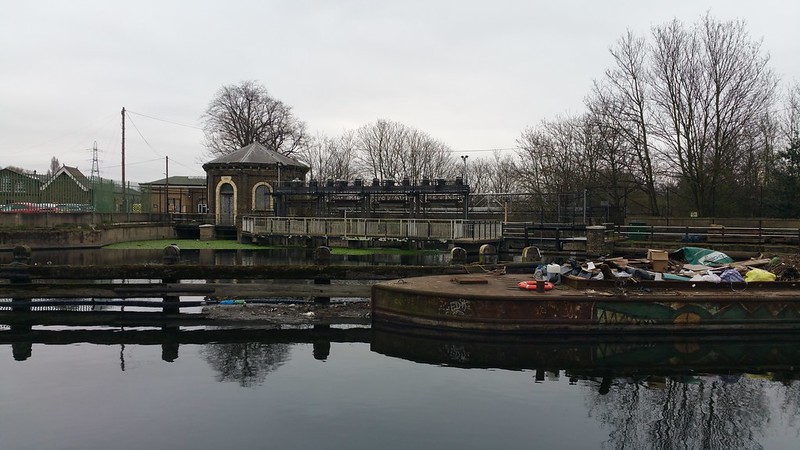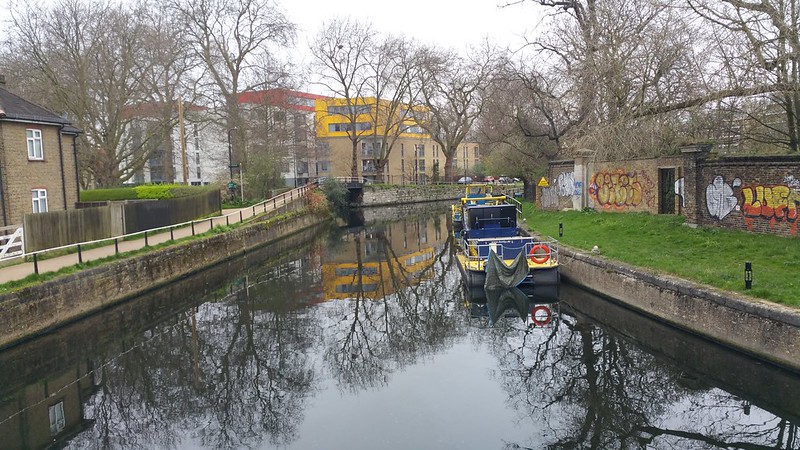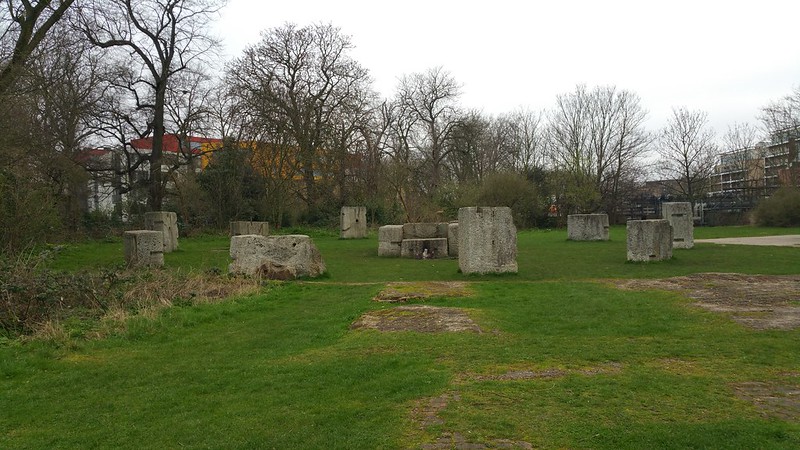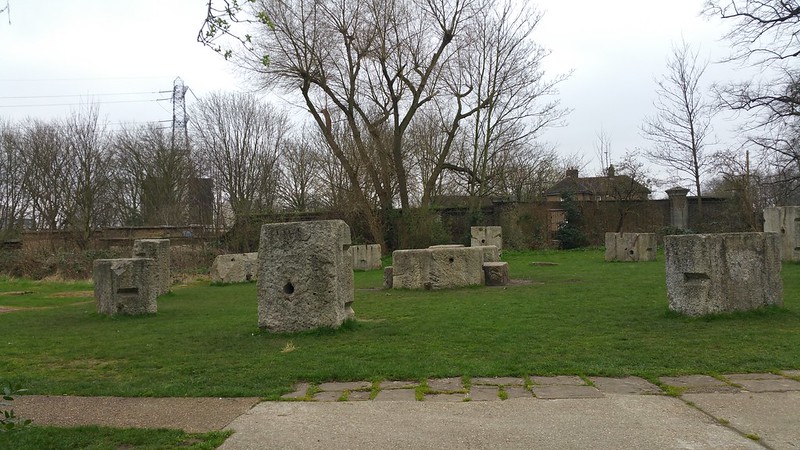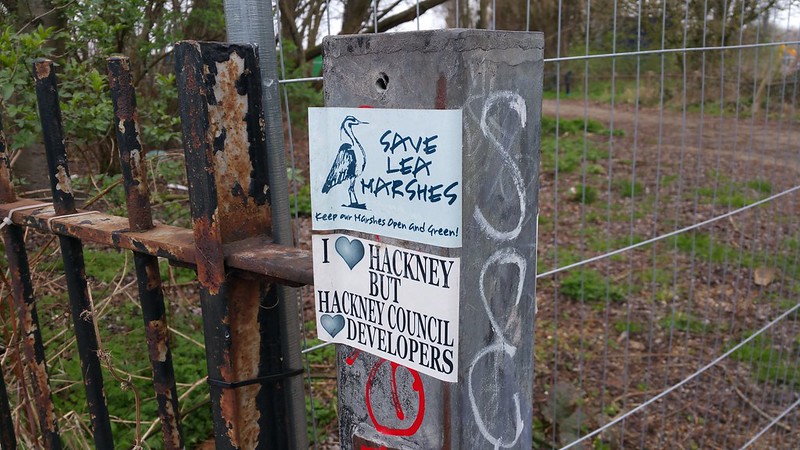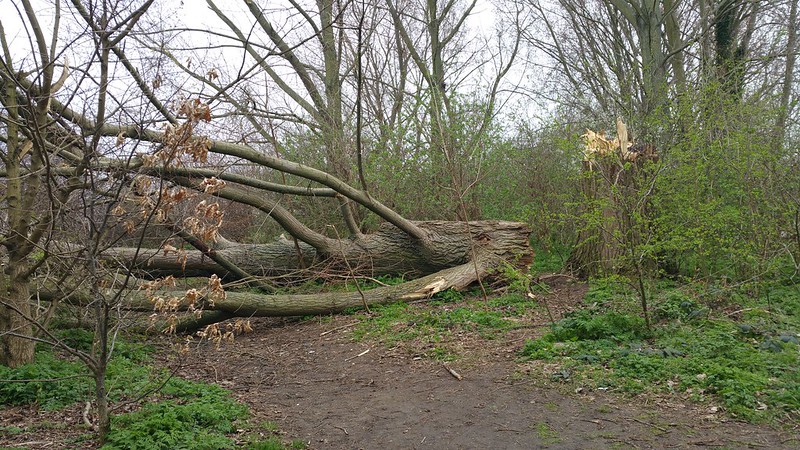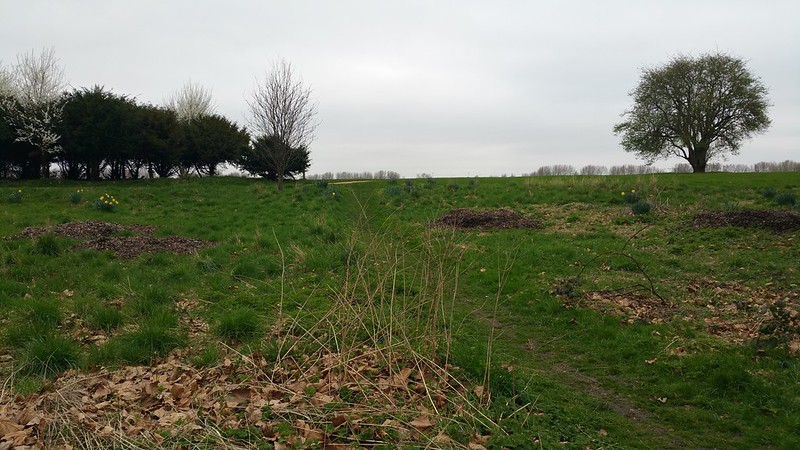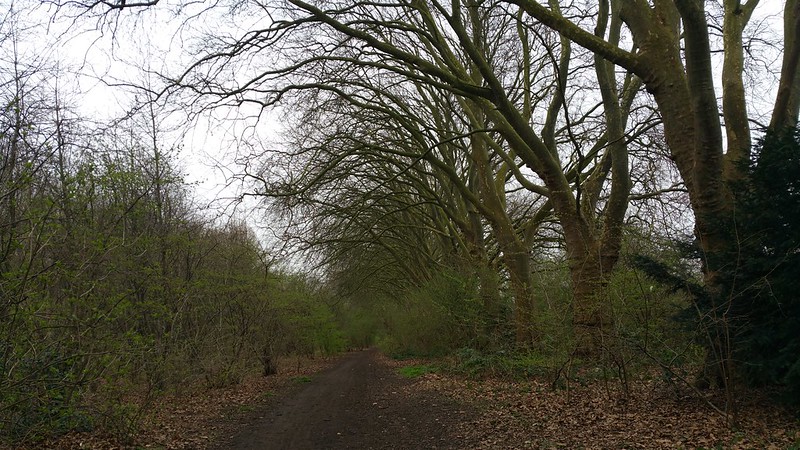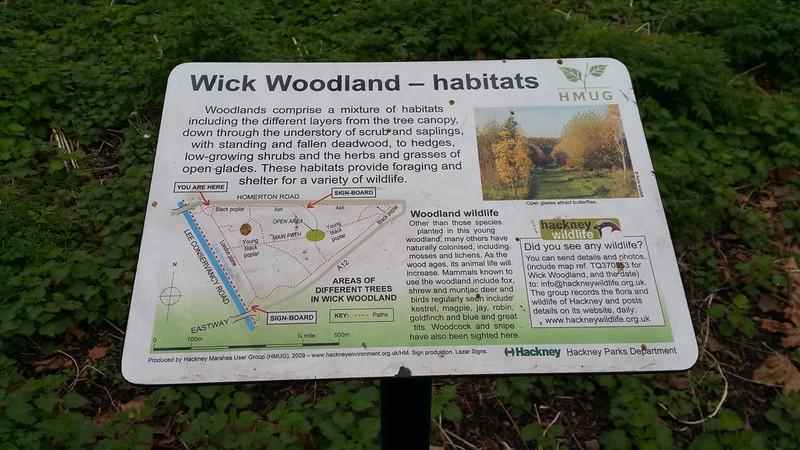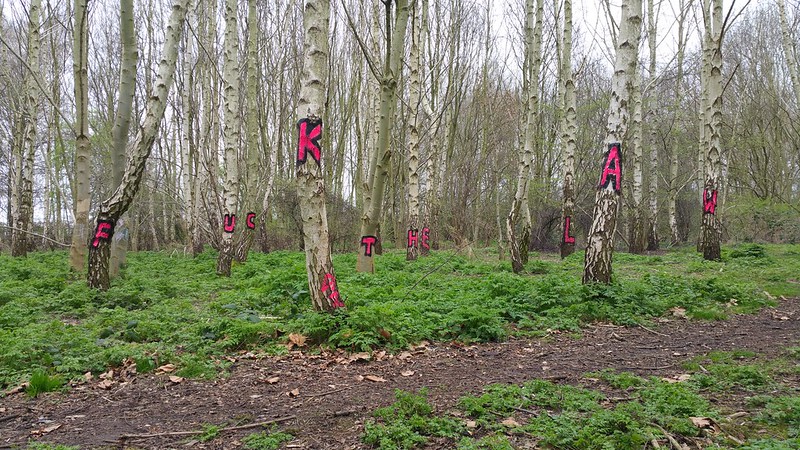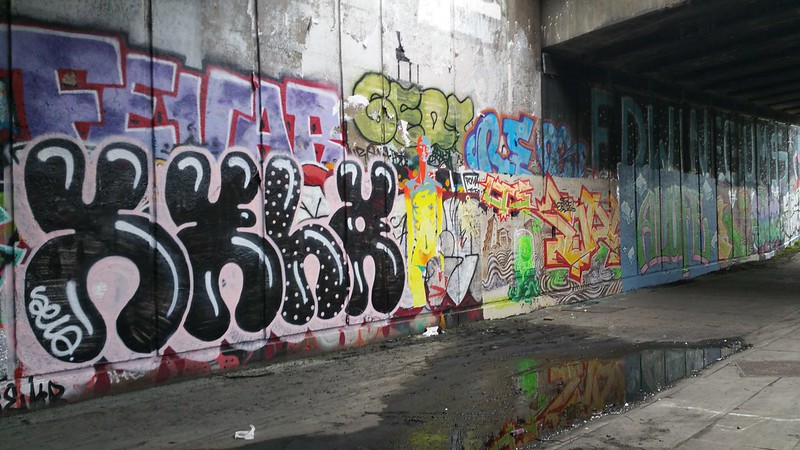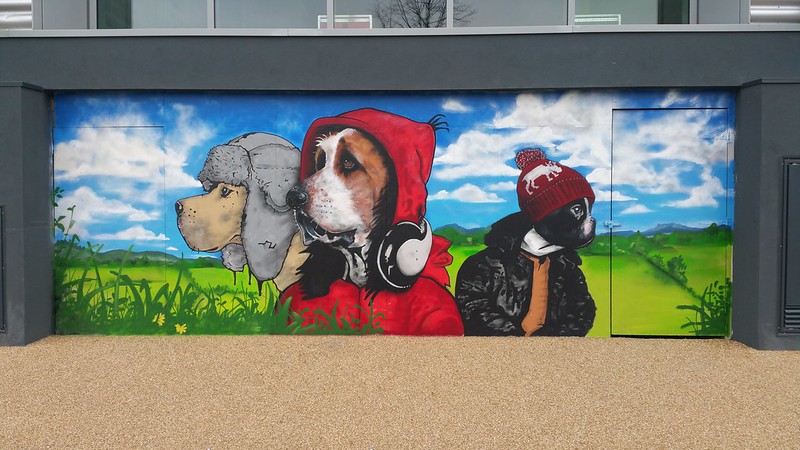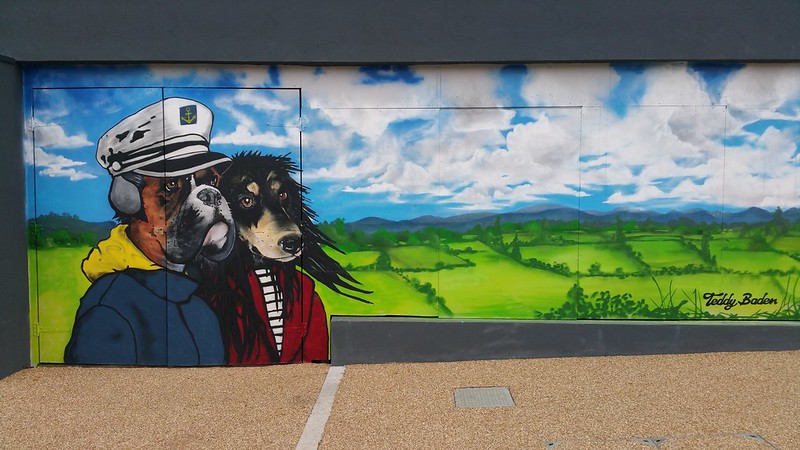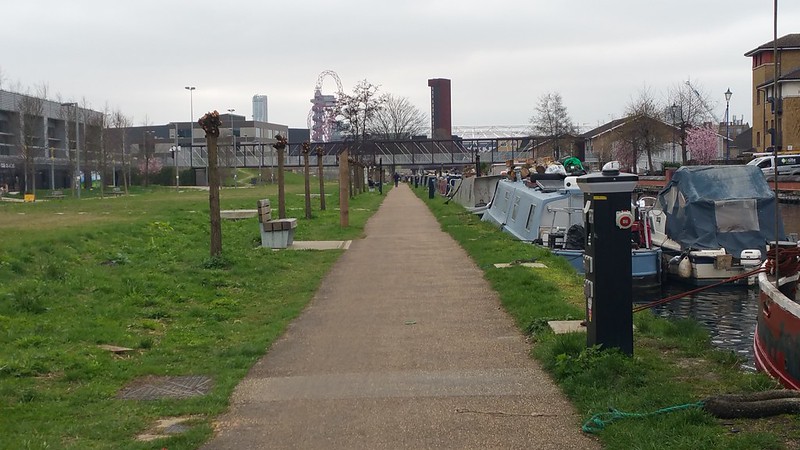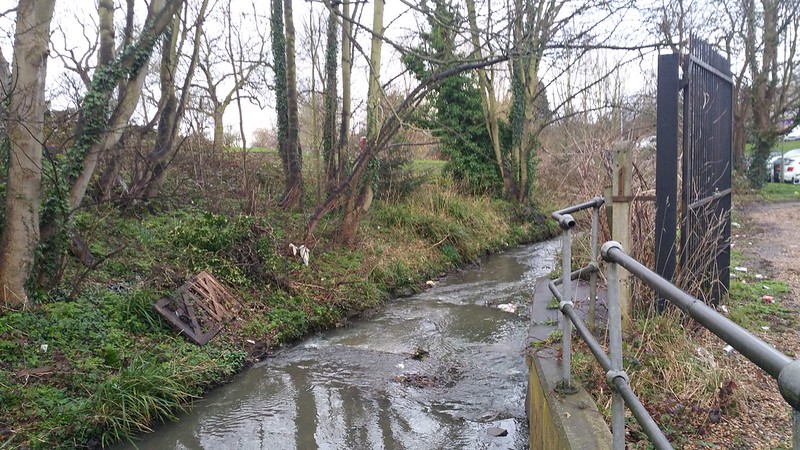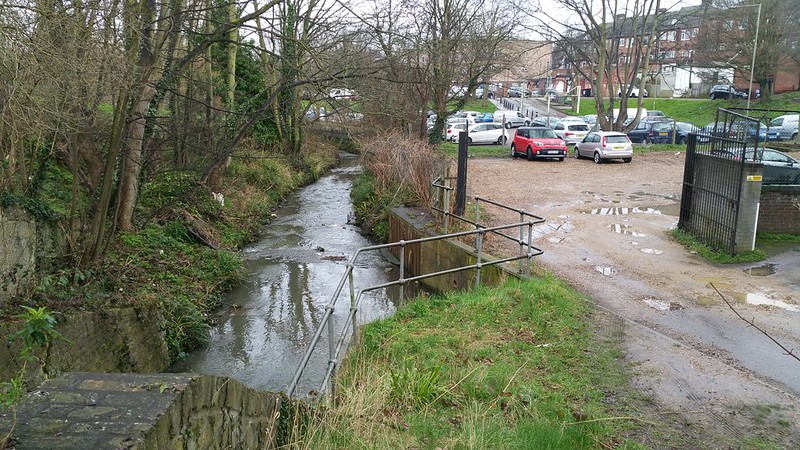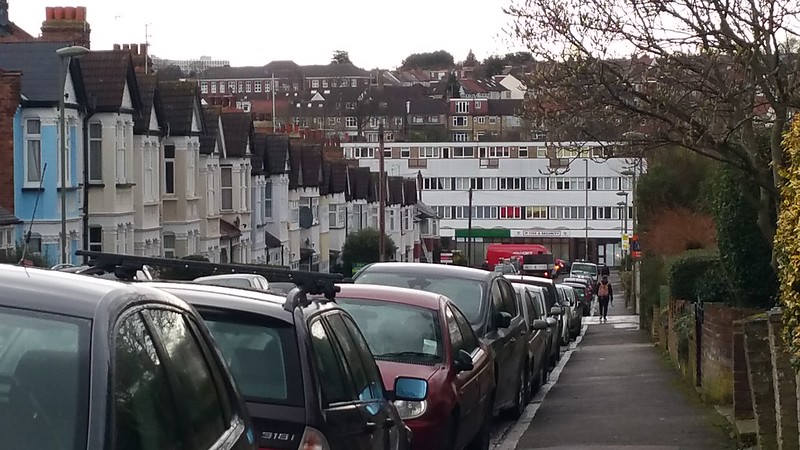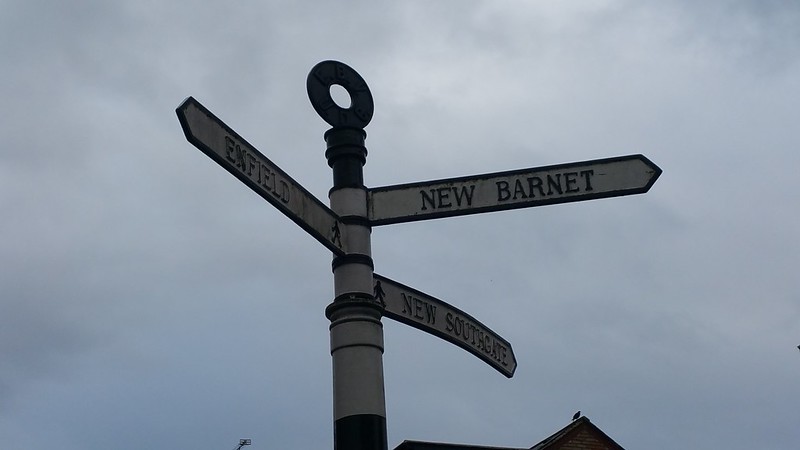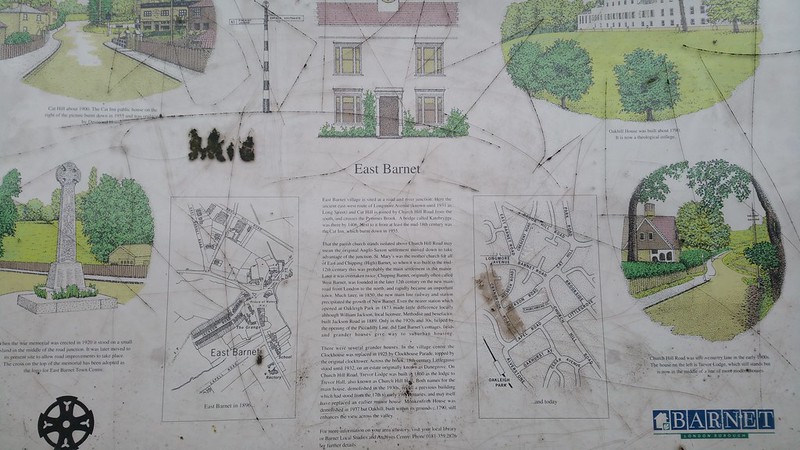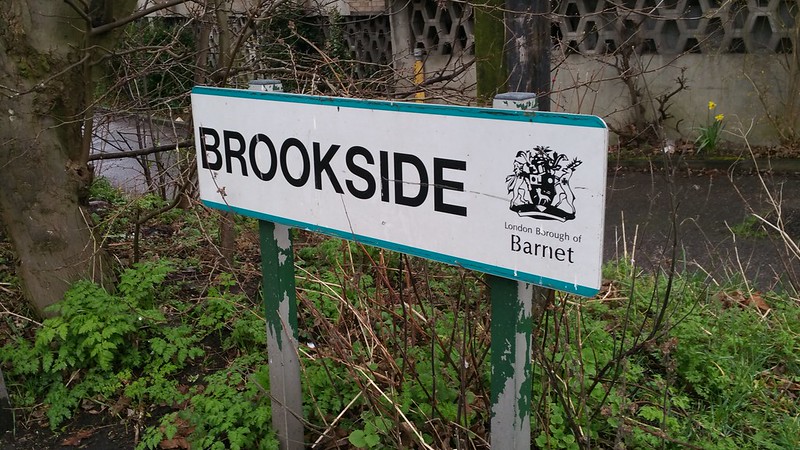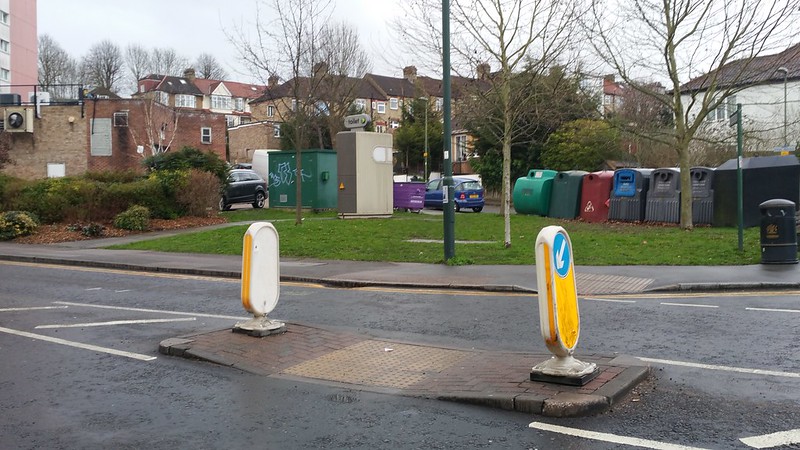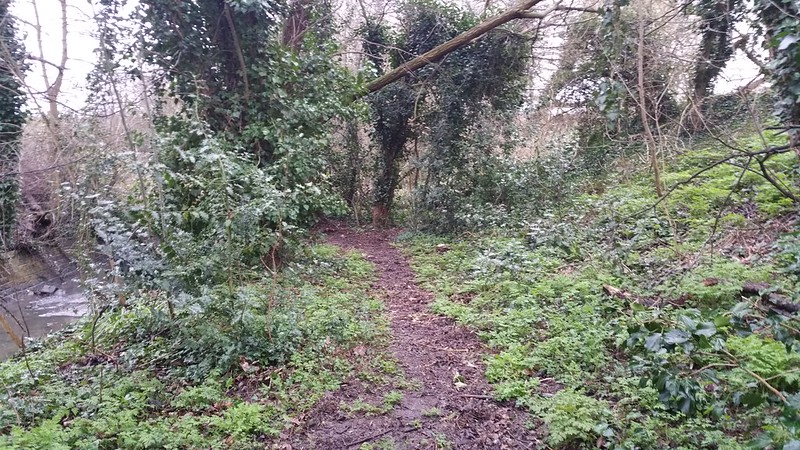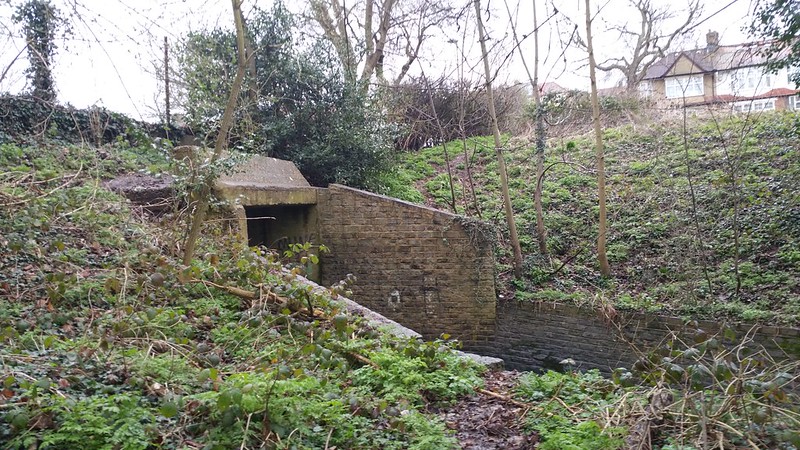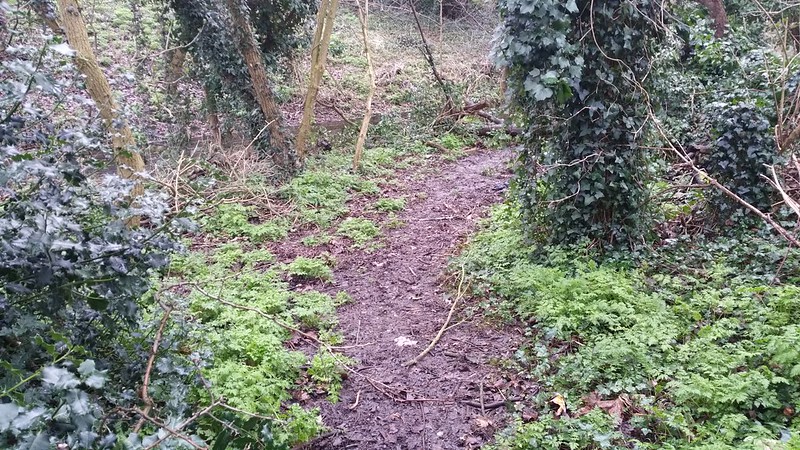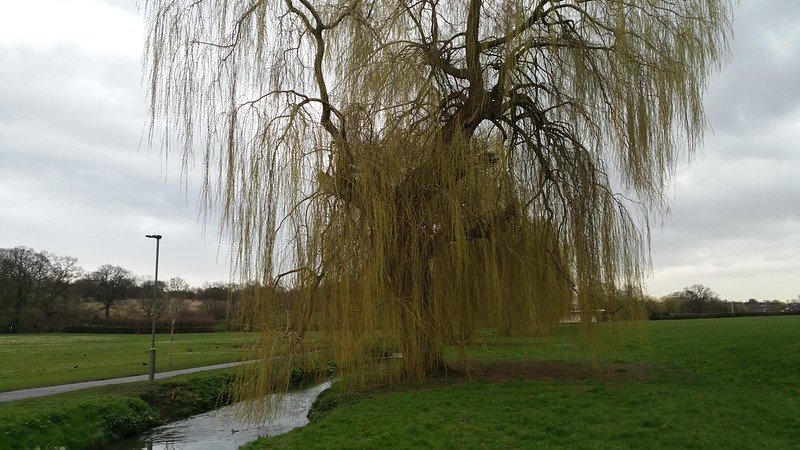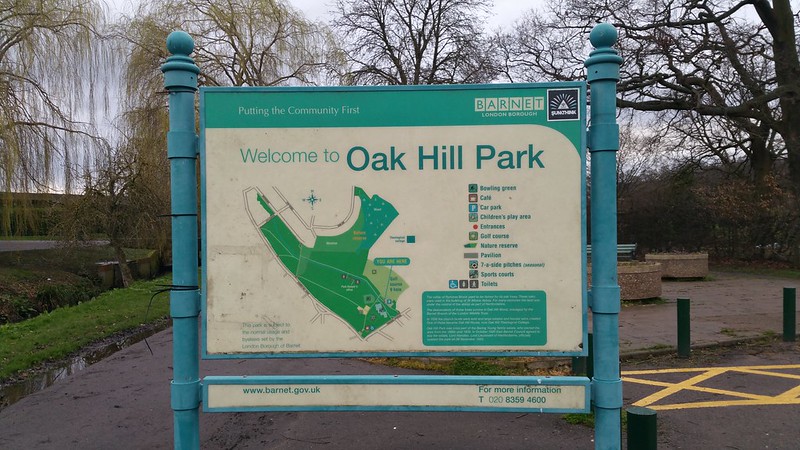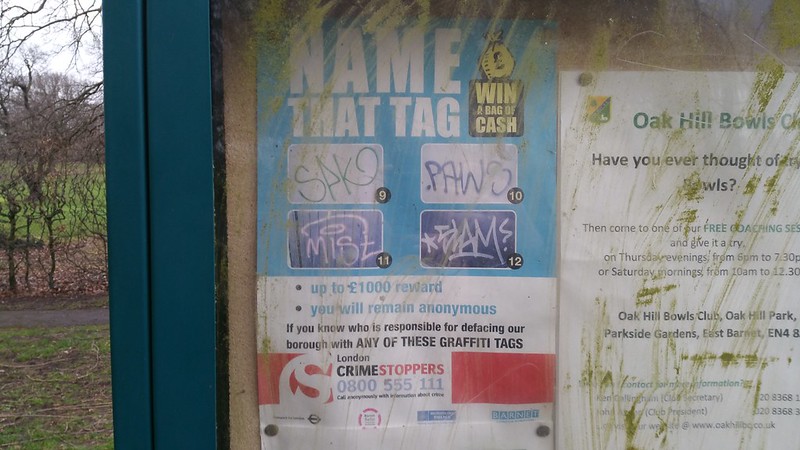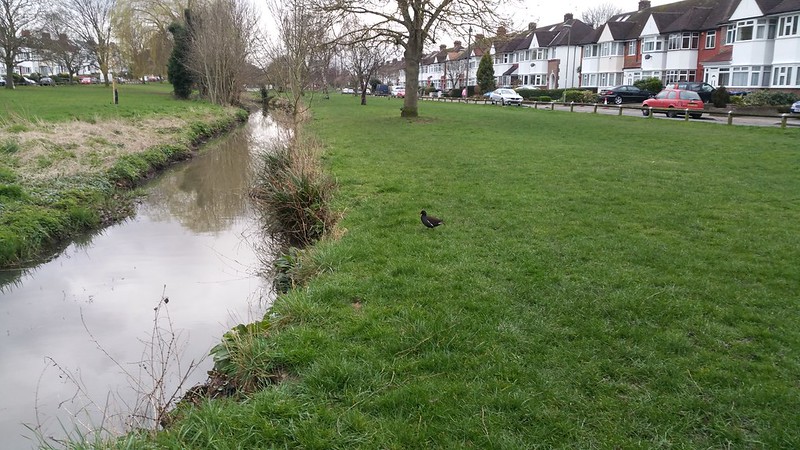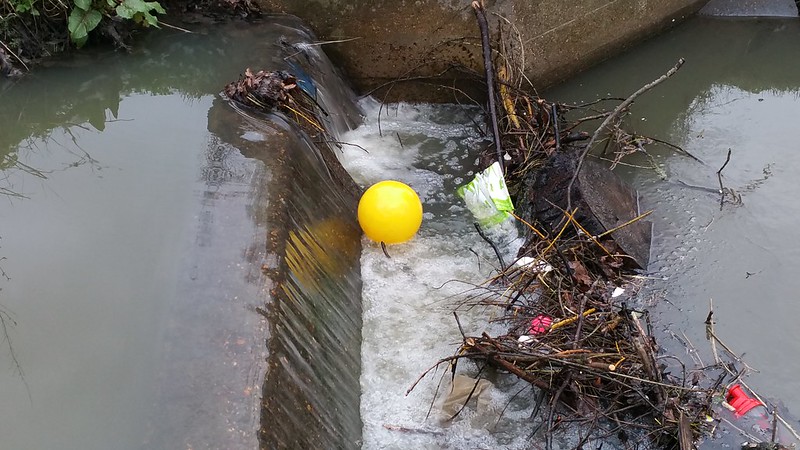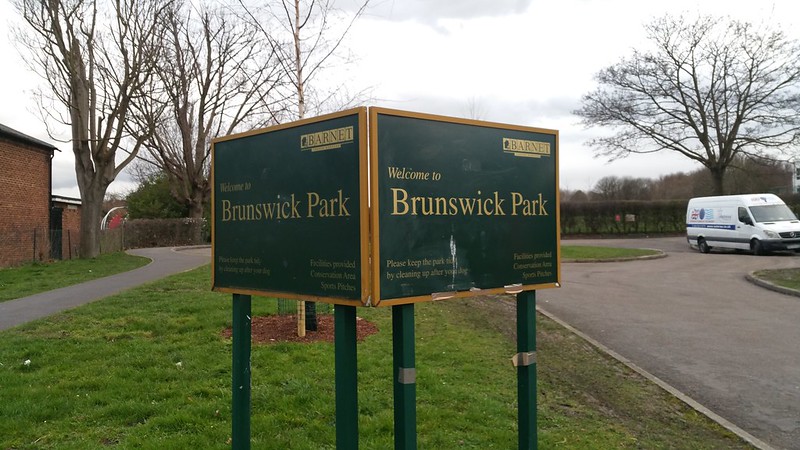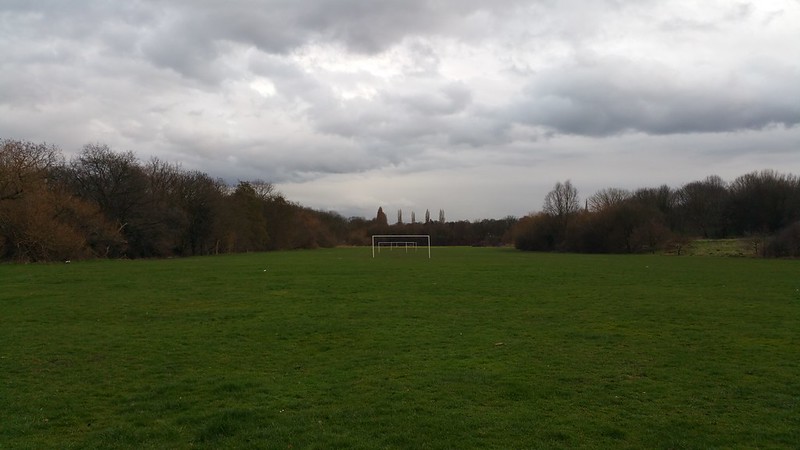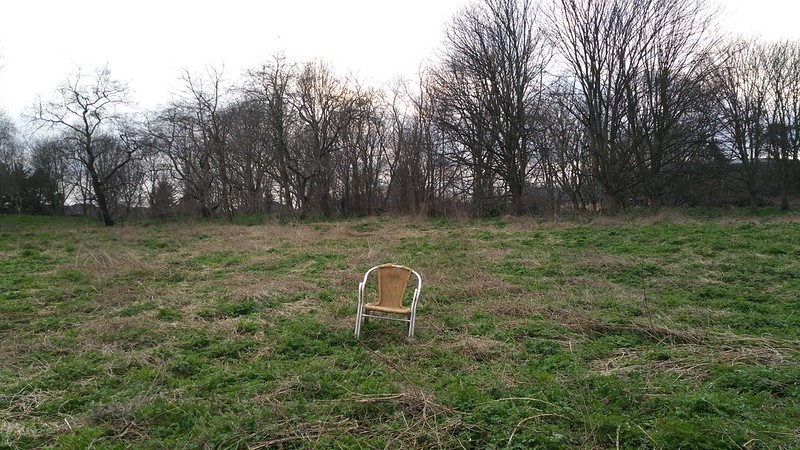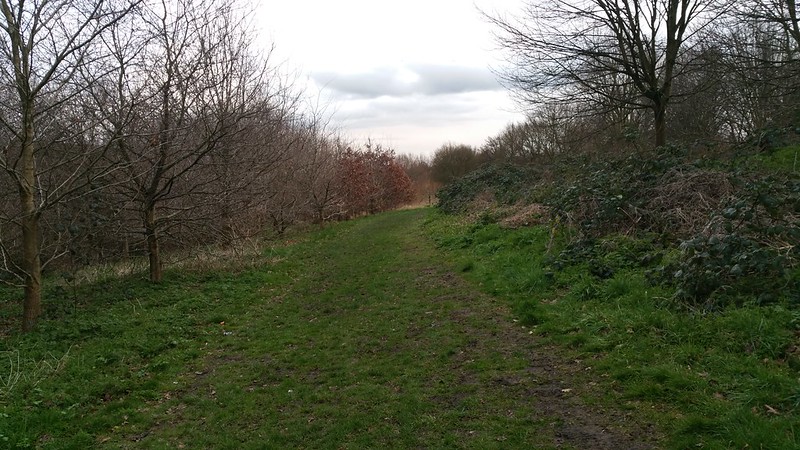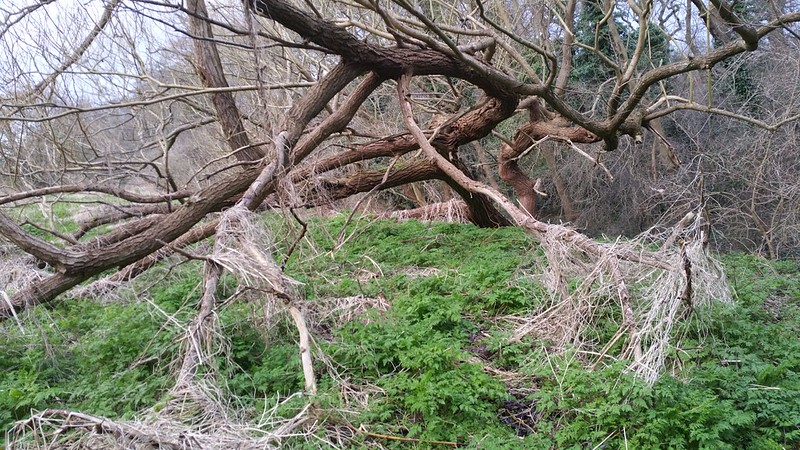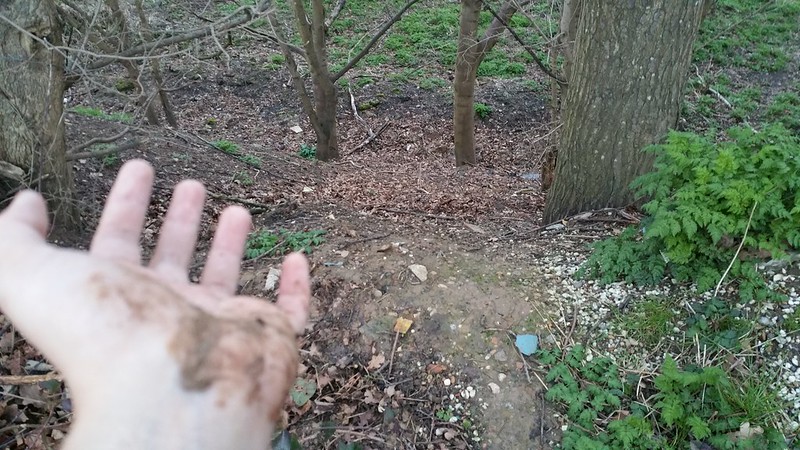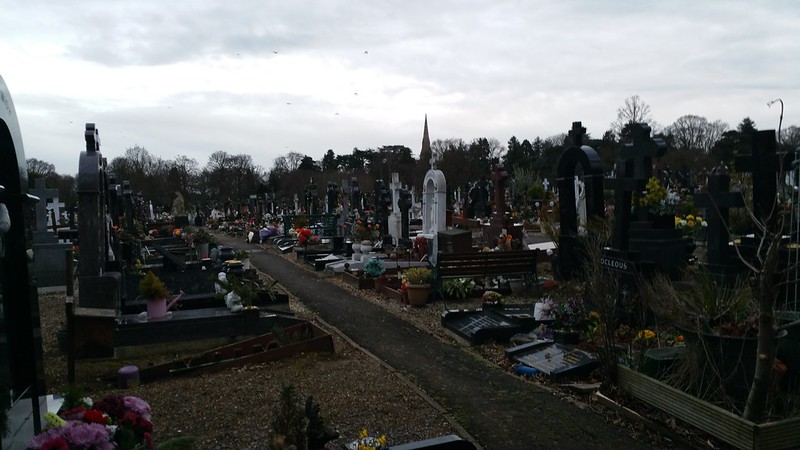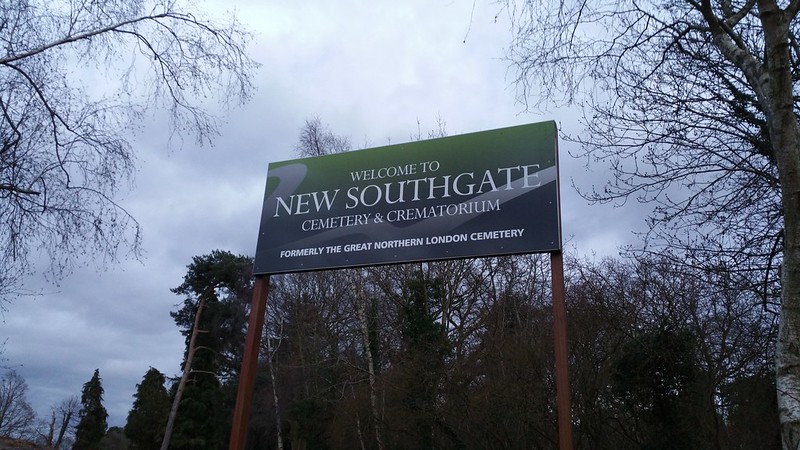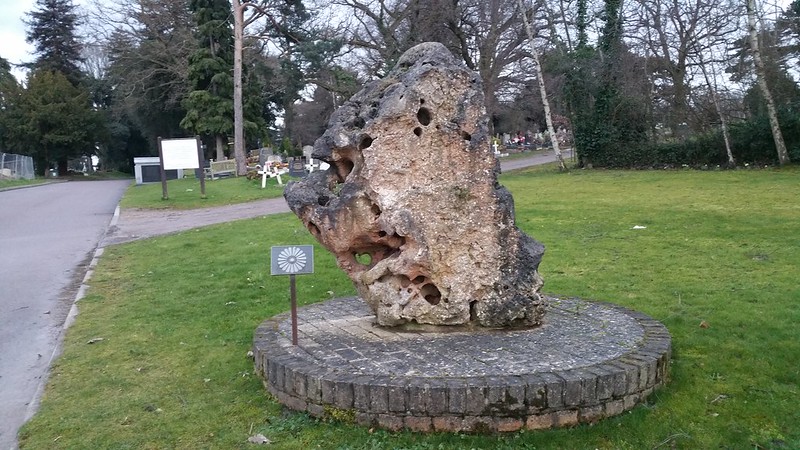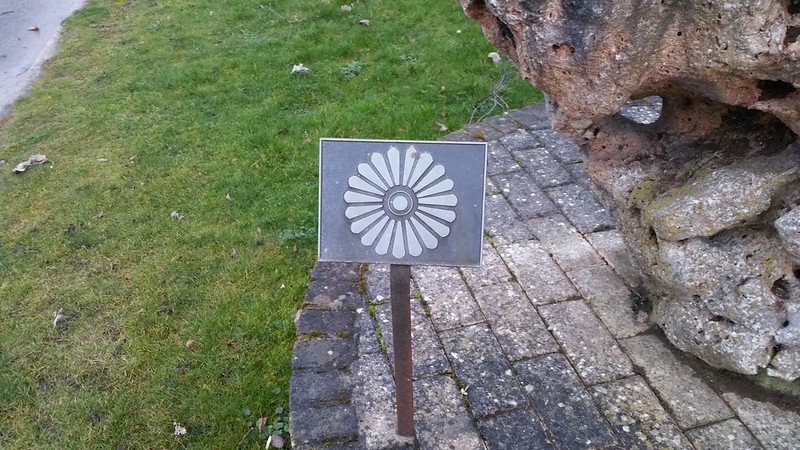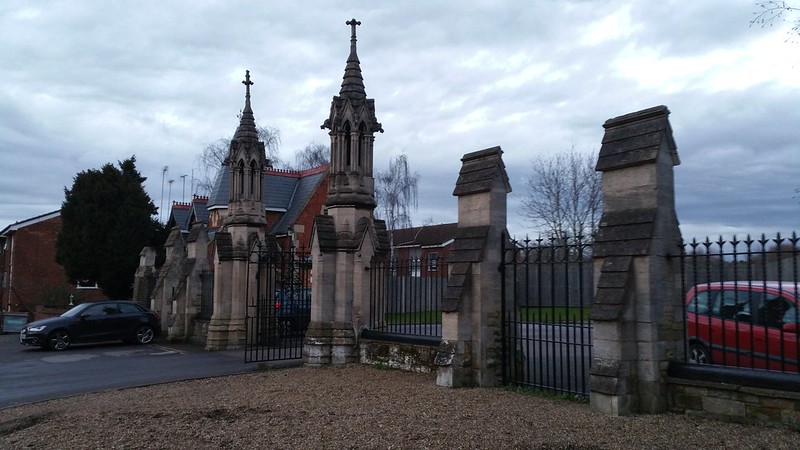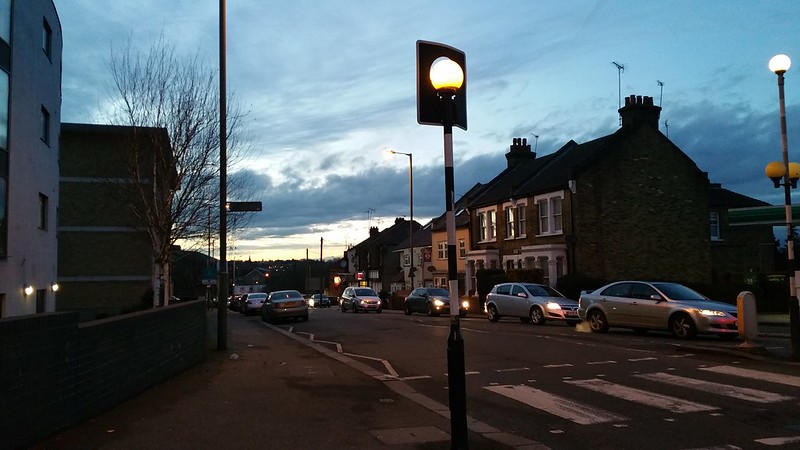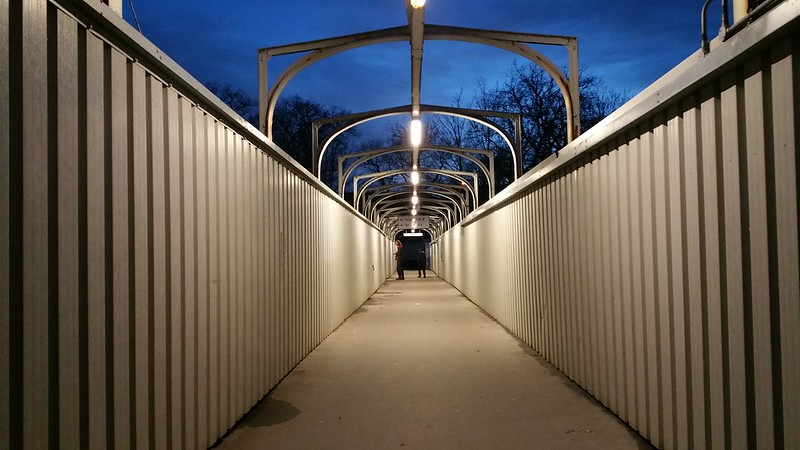
I lived on Burgoyne Road for some years but although I specifically set my home address to "Burgoyne Road N4", whenever I tried to use Google Maps to plot a route back home, Google would occasionally send me the directions to "Burgoyne Road SE25" instead of "Burgoyne Road N4". No matter what I did - such as entering in my entire postcode, unit number, landmarks, etc - Google still kept trying to send me to SE25.
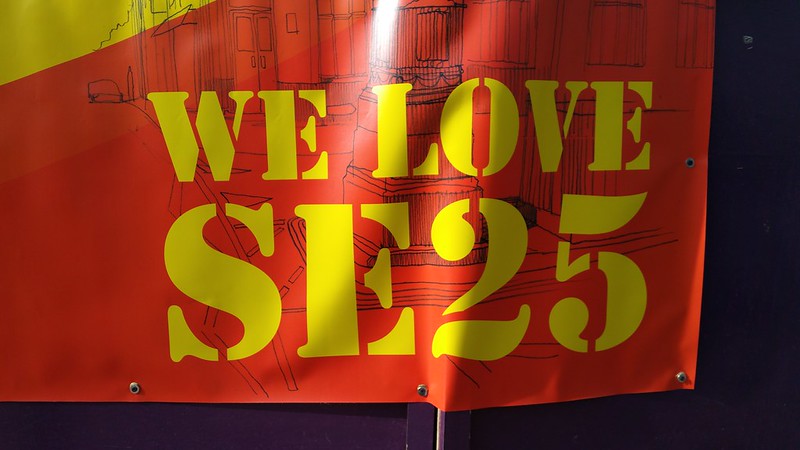
So a few months ago I decided to visit the OTHER Burgoyne Road, the "Googleganger" of my road that I kept being directed to - since I was already passing through Norwood on my Capital Ring walk.
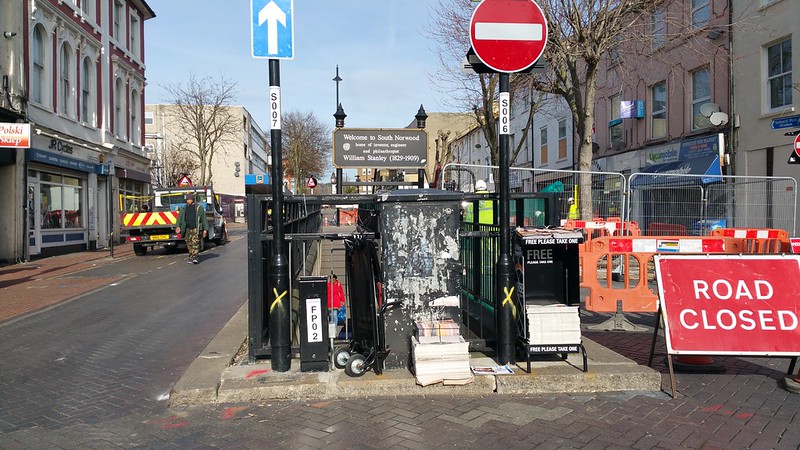
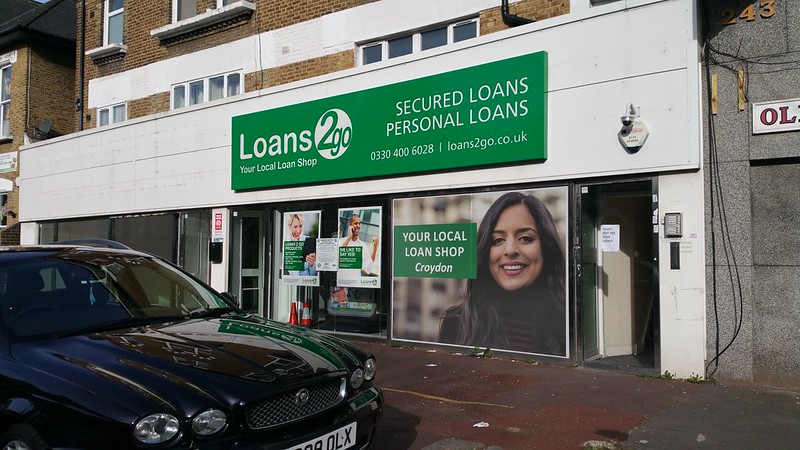
The other Burgoyne Road in South Norwood was a short walk from Norwood Junction, peppered with churches, payday loan shops, chicken shops, and the very average fly-tip strewn suburbia of South London.
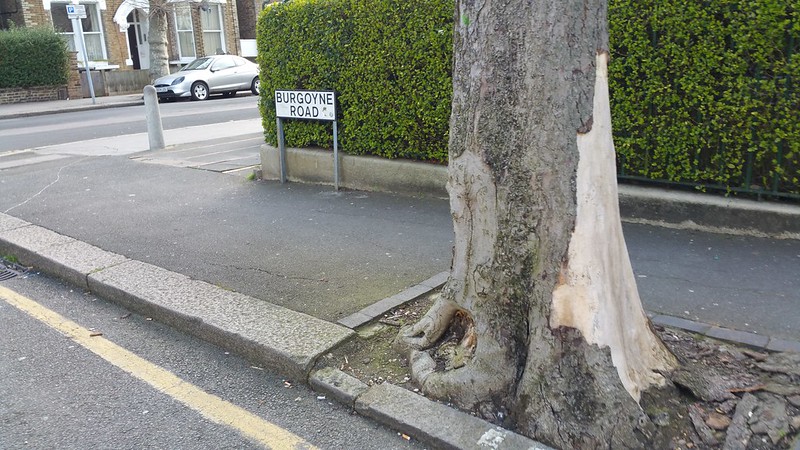
Unlike the very long and dramatically inclined Burgoyne Road in North London, which was situated off the very lively Green Lanes and on the Harringay Ladder itself, the Burgoyne Road in South London here was very short and flat.
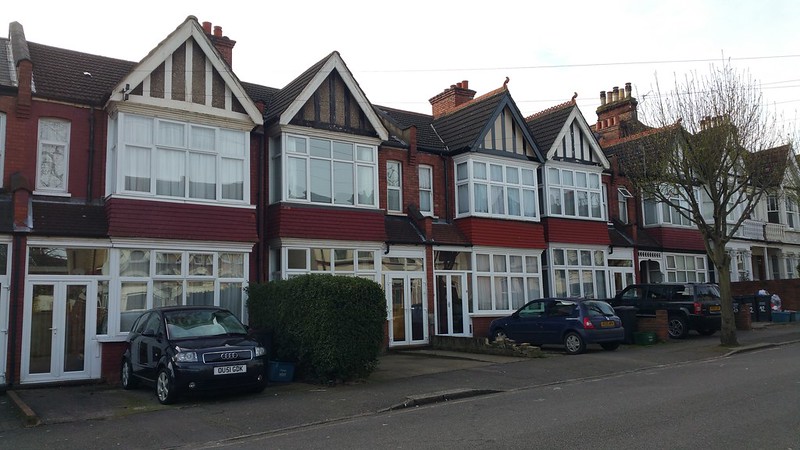
One of these very ordinary houses is the geographical googleganger of my flat in North London.
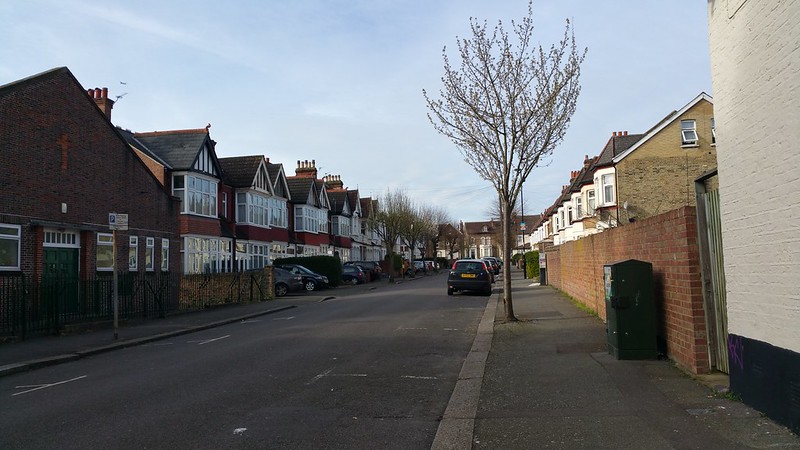
It was all together very ordinary, but as I stood there for some time on this totally empty road, a woman came out of nowhere. All of my naive youthful excitement must have attracted this strange gypsy lady who then asked me what I was doing standing there. She started what seemed to be a rather normal conversation with me. "I'm from Burgoyne Road in North London!" I told her, "and you're from Burgoyne Road in South London!" "Yes... Yes... very nice." She smiled... following which things took a surreal turn and she suddenly turned a bit nasty and refused to let me leave unless I gave her money immediately. IMMEDIATELY! IMMEDIATELY! "But why?" "Because I have a baby." "Ok, but that doesn't answer why?" Even when I said I had no cash on me, she said she would take to me to the cash machine where I could draw money and give it to her a la daylight robbery! Very strange. But why would I give her all my money just because she was holding my arm and verbally insisting that I do so? I found myself running away from this Burgoyne Road...
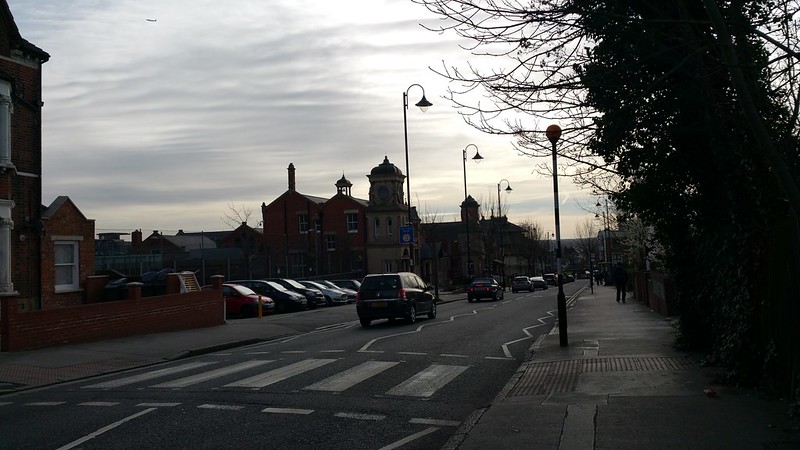
The neighbourhood didn't seem so friendly after the weird experience. As I ran further down this claustrophobic road, a cyclist zoomed past a pedestrian in the vicinity too quickly and I heard a woman yell "WATCH WHERE YOU'RE GOING, WANKER!!!" - followed by another very demonstrative shout "SORRY!!!!?!?!!"
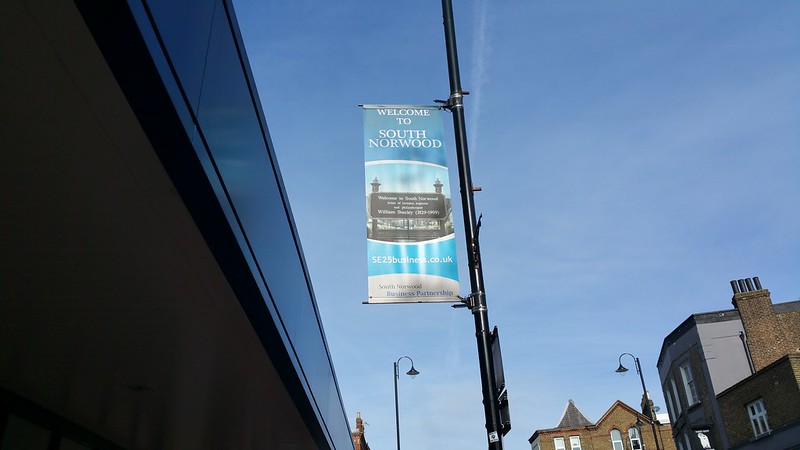
UH, WELCOME TO SOUTH NORWOOD, I GUESS...?
